|
A classic Hattaras yacht + a couple that refused to give up + a 1500 mile sea voyage = an adventure to remember.
- photos and story by Ellis Anderson
Robert grew up in the village of Shady Side, Maryland, a peninsular south of the country’s capital. The surrounding waters of the Chesapeake Bay called him daily throughout the idyllic 1950s and 60s. By the age of 13, Robert was an accomplished boater and had built a small speedboat.
His next project was more ambitious. “For the price of her brass,” he bought the rotting carcass of a Chesapeake 20’ sailing sloop then restored her to full glory. He was racing the boat by the time he was 15, garnering awards - along with an article of his exploits in the Annapolis paper. He still treasures the boating model given to him by the sloop's designer, Captain Dick Hartge.
During his teen years, Robert worked in his father’s body shop. When a family friend offered to trade the teenager flight lessons in return for work on a boat, Robert jumped at the chance. He soloed when he was sixteen and by the time he graduated high school, he was an expert pilot. Before leaving for Vietnam, he’d obtained commercial fixed-wing and helicopter licenses. He would need every iota of his skill and experience - and good fortune beyond measure - to survive the heated warfare of 1967.
Robert piloted helicopter gunships, which guarded the troop carriers, provided cover for men on the ground and executed assault missions. He turned 21 in Vietnam. His courage got a grueling work-out each day - during every perilous mission and following the loss of every comrade-in-arms. He recounts one mission where the helicopter he co-piloted was called back to base just after take-off. Robert, who also served as a munitions officer, was urgently needed to solve an armament problem on a grounded chopper. His commanding officer ordered another pilot to take his place. Robert reluctantly obeyed. A short time later, the base learned that his helicopter crashed due to a mechanical failure. All aboard were killed. “Too many things came into play for it to be called luck,” he says. “I’m here by the grace of God.” He returned to the states with a “box full of medals,” one that was stored in his mother’s attic for many years. “There were fifty people behind me every time I flew,” he says, as if believing every decoration should have been cut into dozens of parts and distributed equally among the flight crew. Back home, Robert’s skills as a pilot led him through a rich and varied career, much of it spent off the ground. He worked nationally and internationally as a flight instructor, an oilfield pilot, and airshow performer, racking up over 10,000 hours in the air. Yet despite his passion for aircraft, his love of boats stayed on the front burner. He’s owned more than thirty in his life, most of them restoration projects that he later sold or traded after a time. Retired now, Robert still can’t resist the call of a great boat crying out for care. And Charlene, his wife of the past ten years, is not the type to tap the brakes. Charlene grew up on a dairy farm near Ashville, North Carolina. When she first traveled to the Mississippi Gulf Coast, she fell for it hard, moving down within six weeks. The couple met shortly after Katrina and married the following year. “Let me tell you,” says Charlene, laughing. “I’ve been on some adventures with this guy!” The first time Robert took Charlene flying set the tone for their life together: the pilot put his plane through a few acrobatic maneuvers. Charlene was thrilled. Since then, they’ve taken a trans-Atlantic cruise, and lived in an RV (traveling across country for five years). But their most arduous adventure to date was bringing the Angelina around the coast of Florida.
By the time they put in at Key West, the Munros knew they’d be better off alone. They parted ways with their crew and rested for a week. Then, after provisioning and making minor repairs, they set off into the gulf alone.
The seas in the Gulf did not prove smoother and the Hattaras struggled north. When they reached Marco Island, Florida, Robert was convinced that Angelina’s tuna tower was making the boat top-heavy and ham-stringing its seaworthiness. They docked at a local marina where they attempted to give away the tuna tower, but found no takers. So Robert piloted the boat out into open water again and then anchored. He carried his sawzall aloft and cut the tower into pieces, lowering the sections by rope to Charlene, who stood waiting on the deck. Once towerless, Angelina rode the swells instead of being battered by them. The Monros’ spirits lifted. The couple found they worked well together as a team, even in the stressful off-shore circumstances. In fact, they both claim the ability to “practically finish each other’s sentences.” Charlene, who had never been in the ocean before in a small craft, rose to the challenge of crewing and even captaining. “She relieved me at the helm for hours at a time, using both compass and chart plotter for the first time,” says Robert. “She did an amazing job in the rough seas, allowing me some much needed sleep.” The passage from St. Petersburg to Panama City took 24 hours since they cut across the gulf. They both still remember the brilliant stars overhead that night, and how it was impossible to determine where the sea and the sky met. They saw no other vessels during the crossing until they neared land. Angelina seems at ease in the Bay St. Louis harbor now. The Monros drive from their Picayune home several times a week to tend to her, sometimes spending the night on board. Charlene likes the fact that “everything’s right here. It’s just a beautiful place to be.” Robert likes the deep harbor and the protection it affords the Hattaras. But Robert’s original plan to update Angelina’s interior and sell her seems to be wavering a bit. “Maybe we’ll just keep her,” he muses. “These days, I just want to spend some time fishing.” “Something else will come up,” Charlene says, predicting another adventure with a smile. “Just you wait and see.” Comments are closed.
|
Categories
All
Archives
July 2024
|
Shoofly Magazine Partners
Our Shoofly Partners are local businesses and organizations who share our mission to enrich community life in Bay St. Louis, Waveland, Diamondhead and Pass Christian. These are limited in number to maximize visibility. Email us now to become a Shoofly Partner!

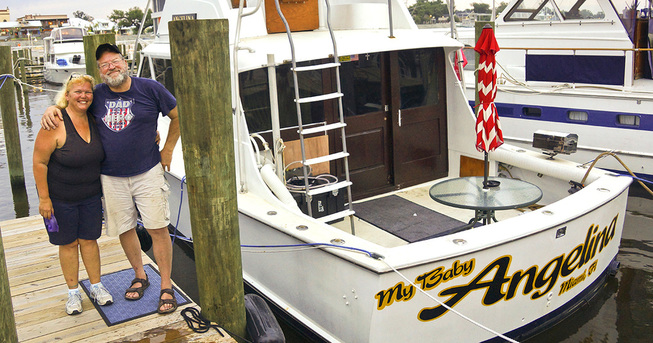

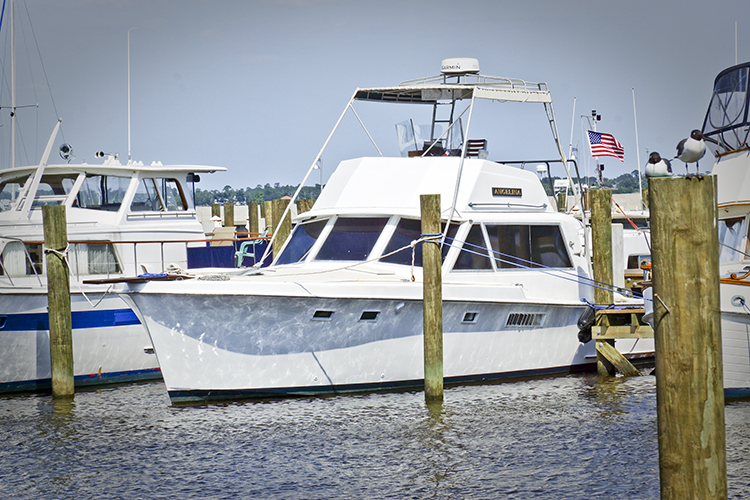
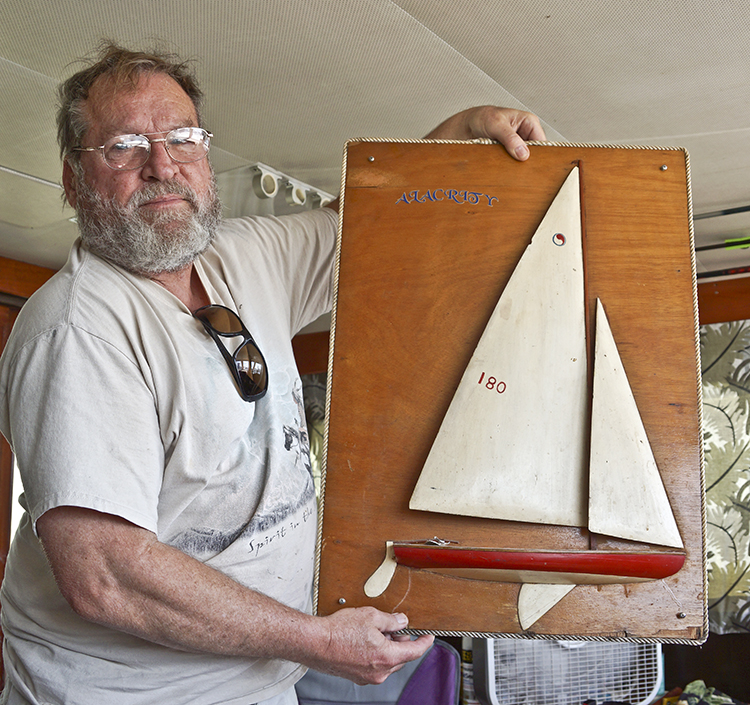
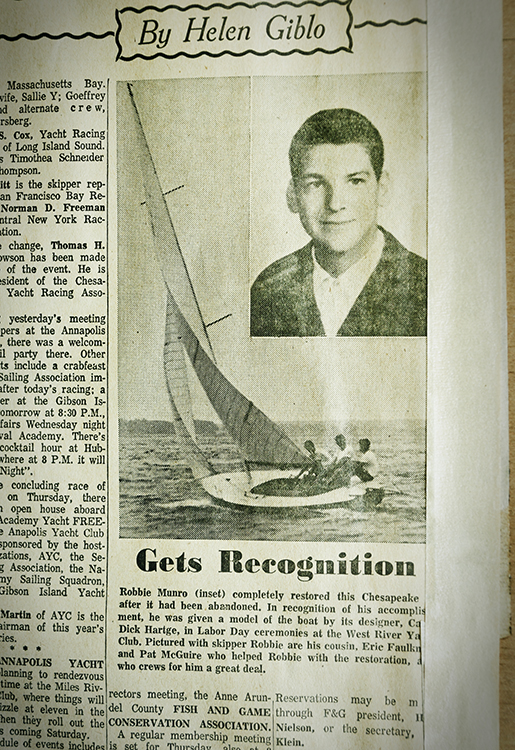
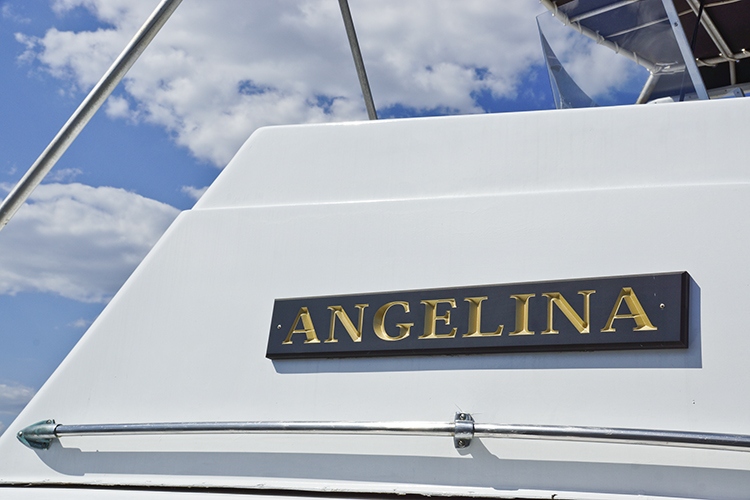
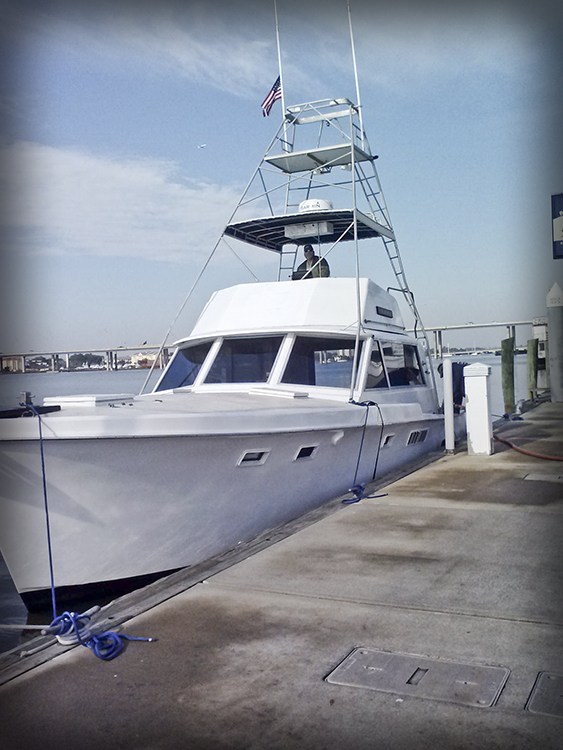
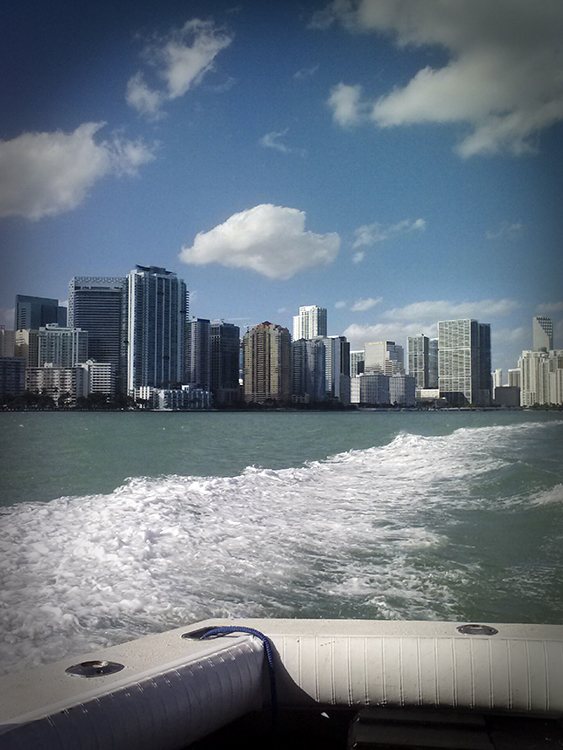
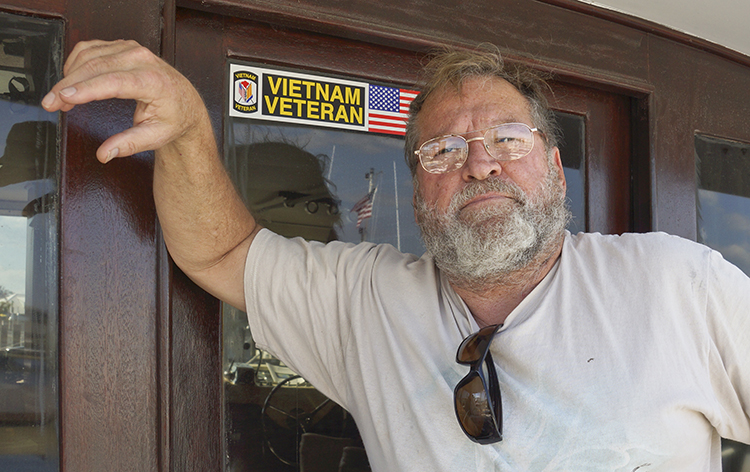

























 RSS Feed
RSS Feed























